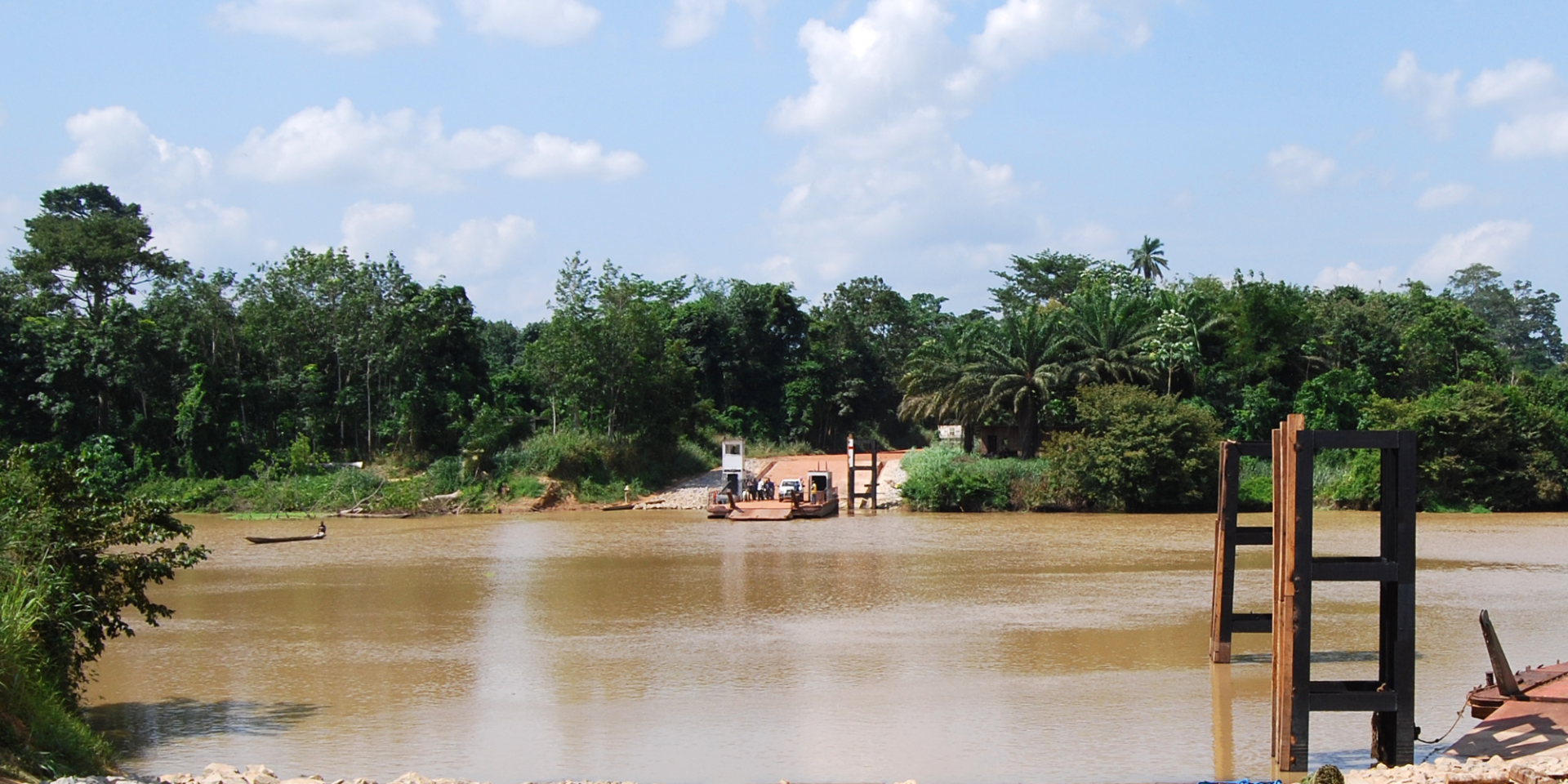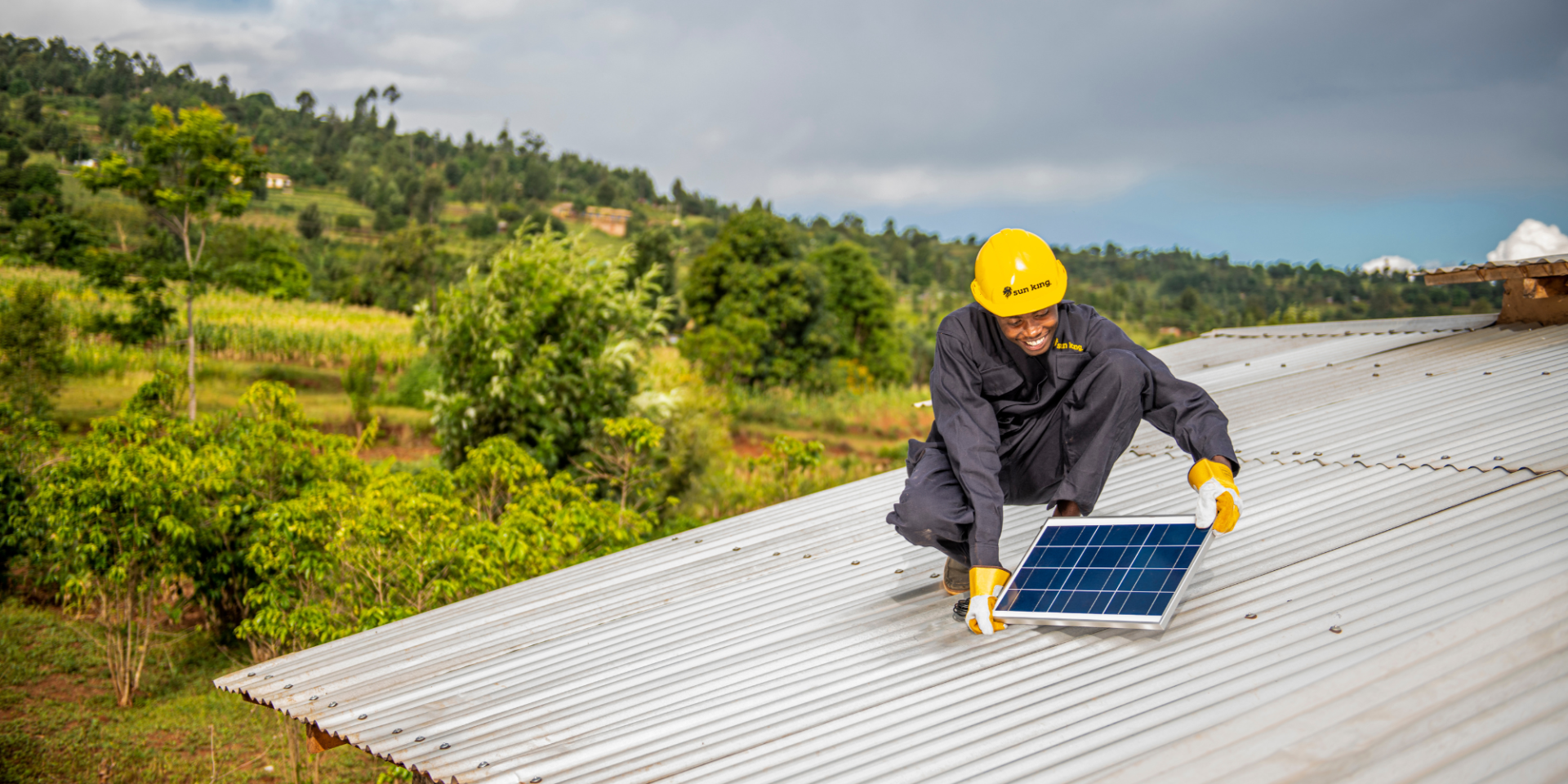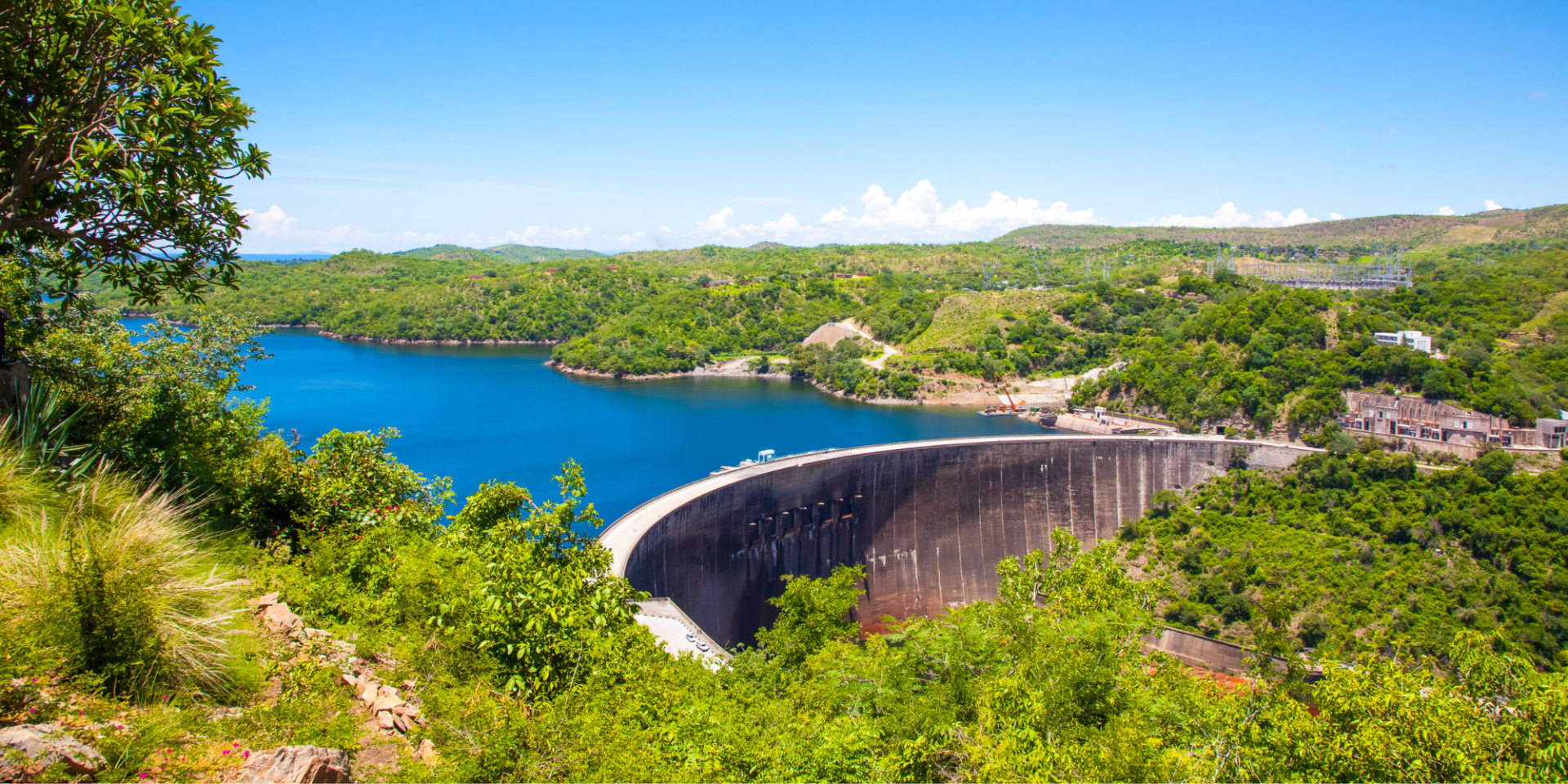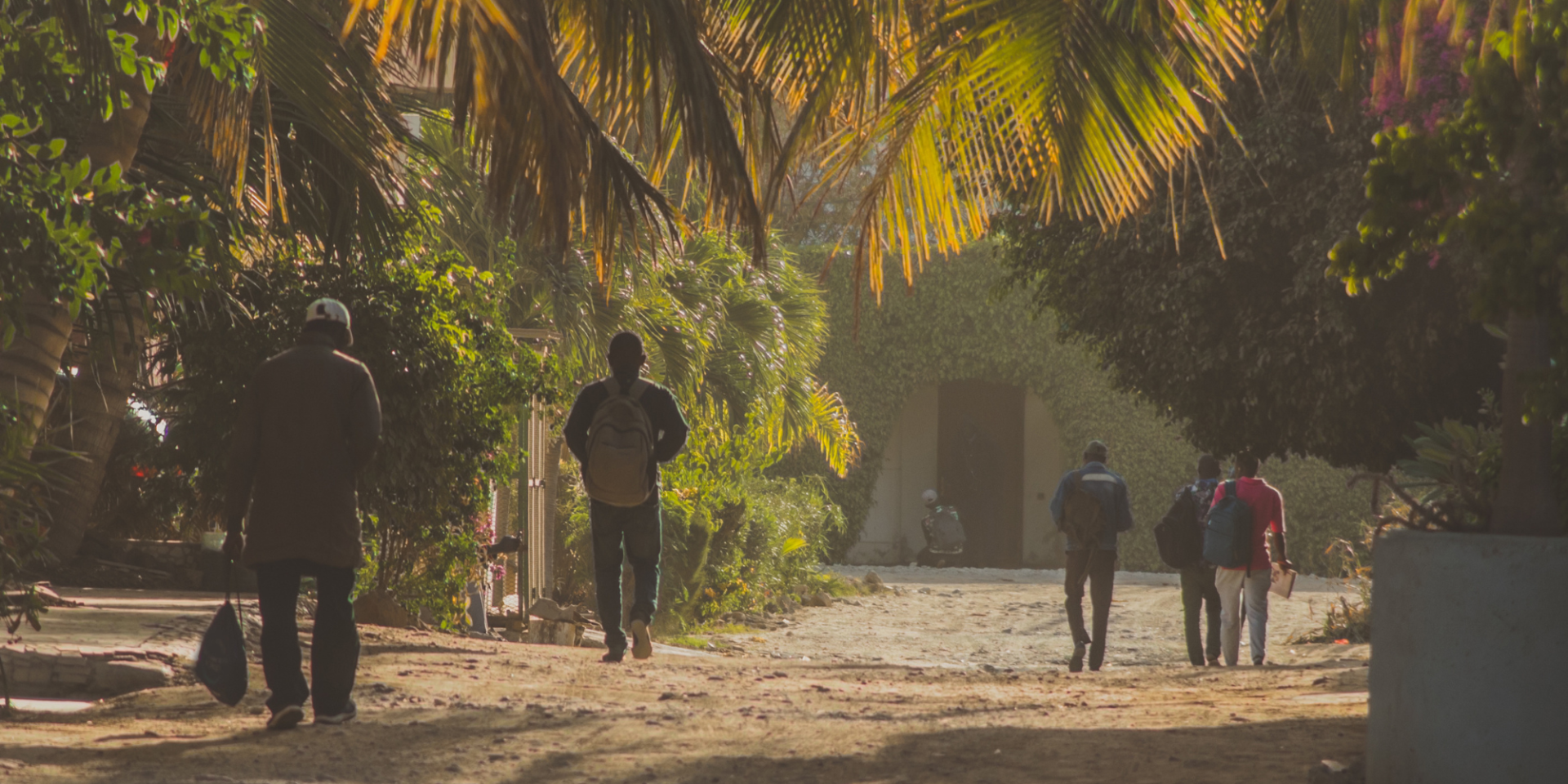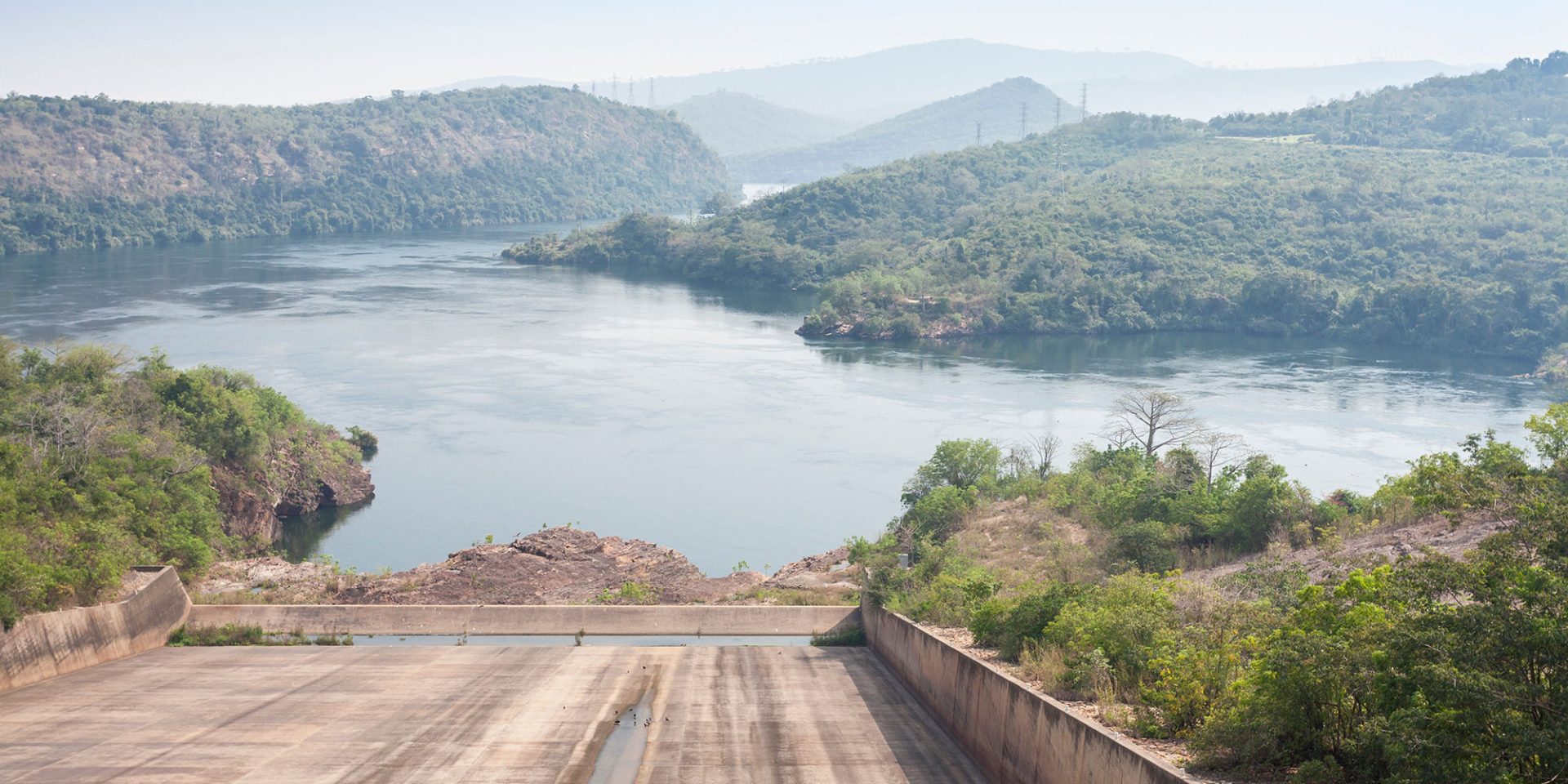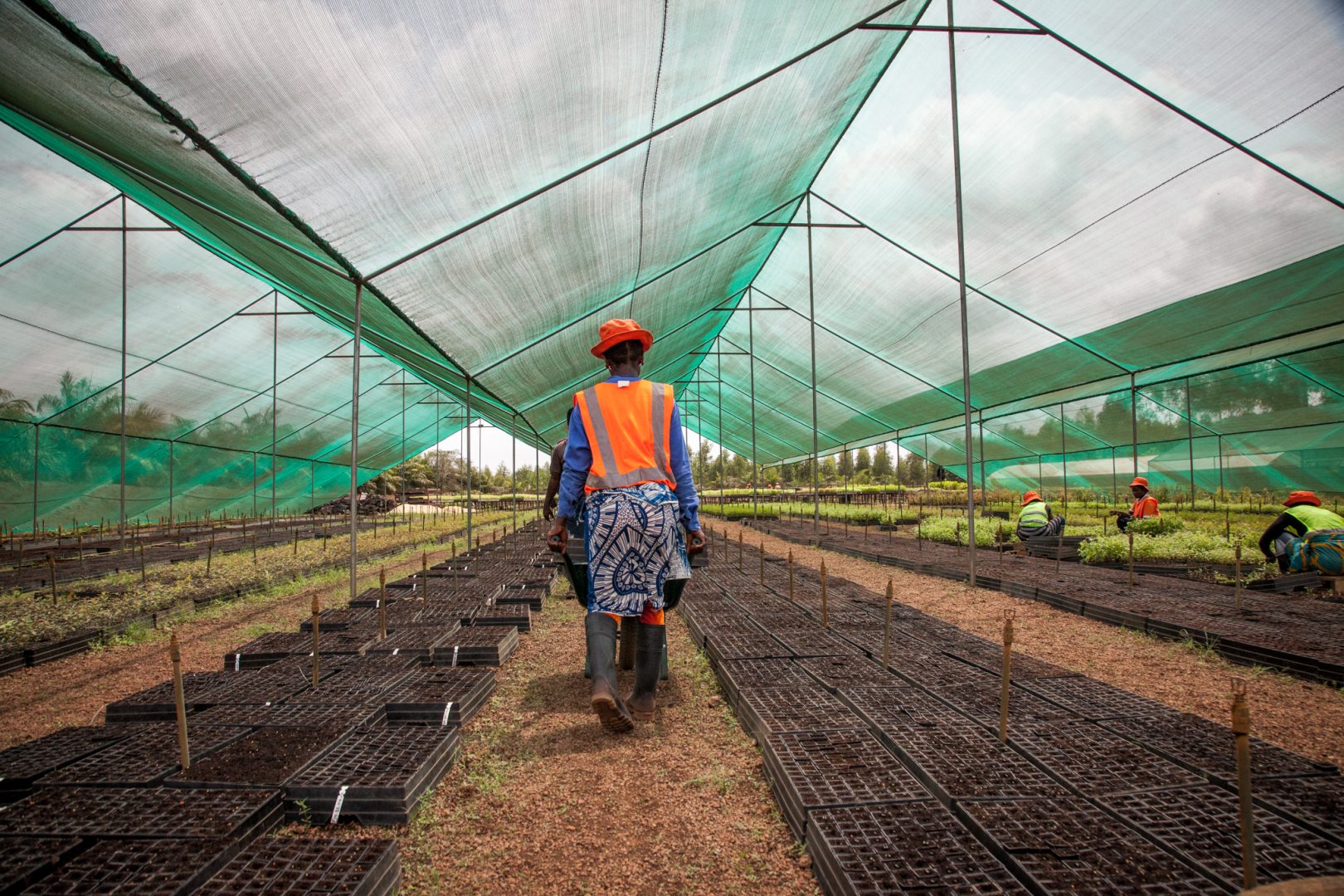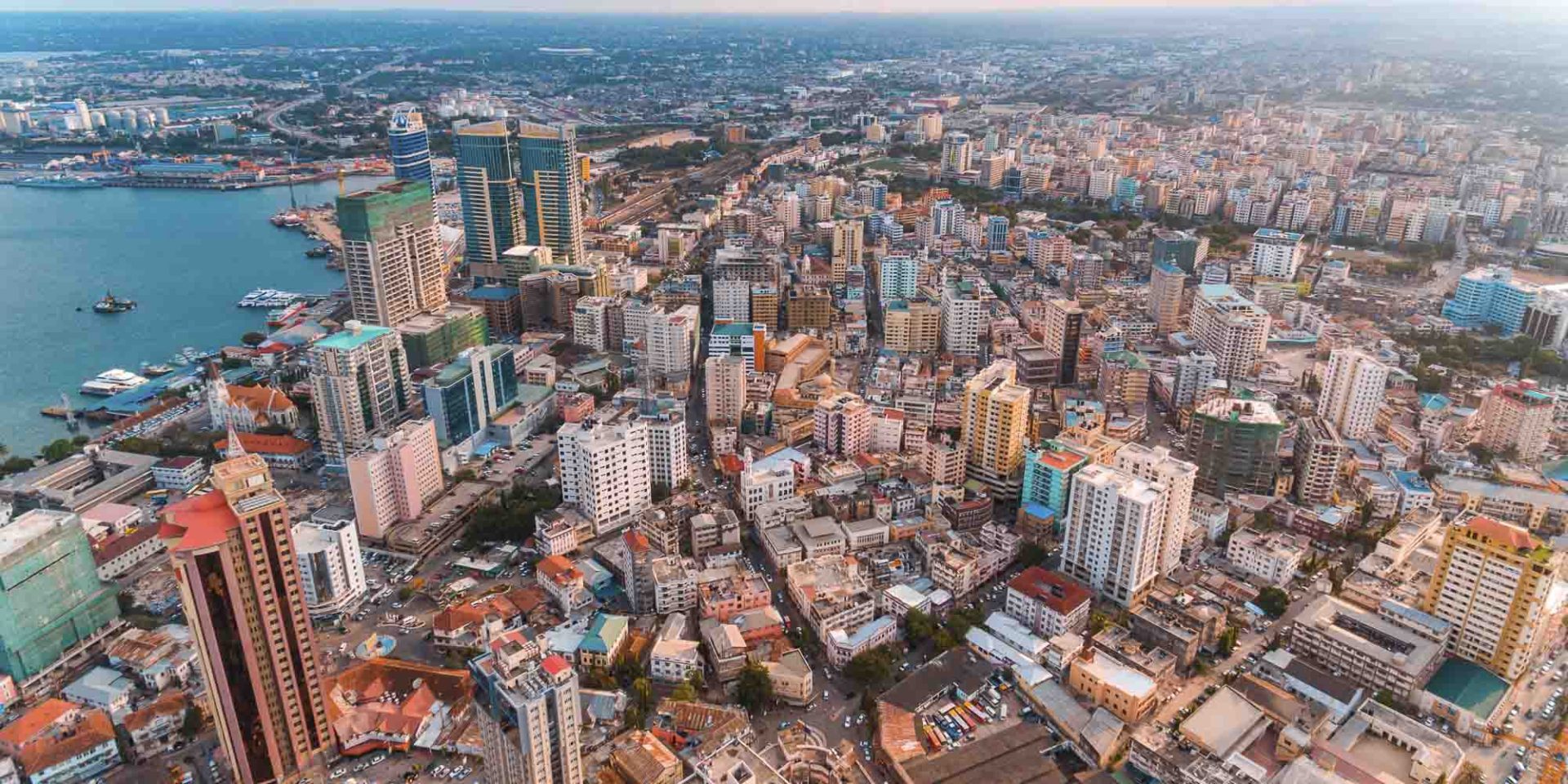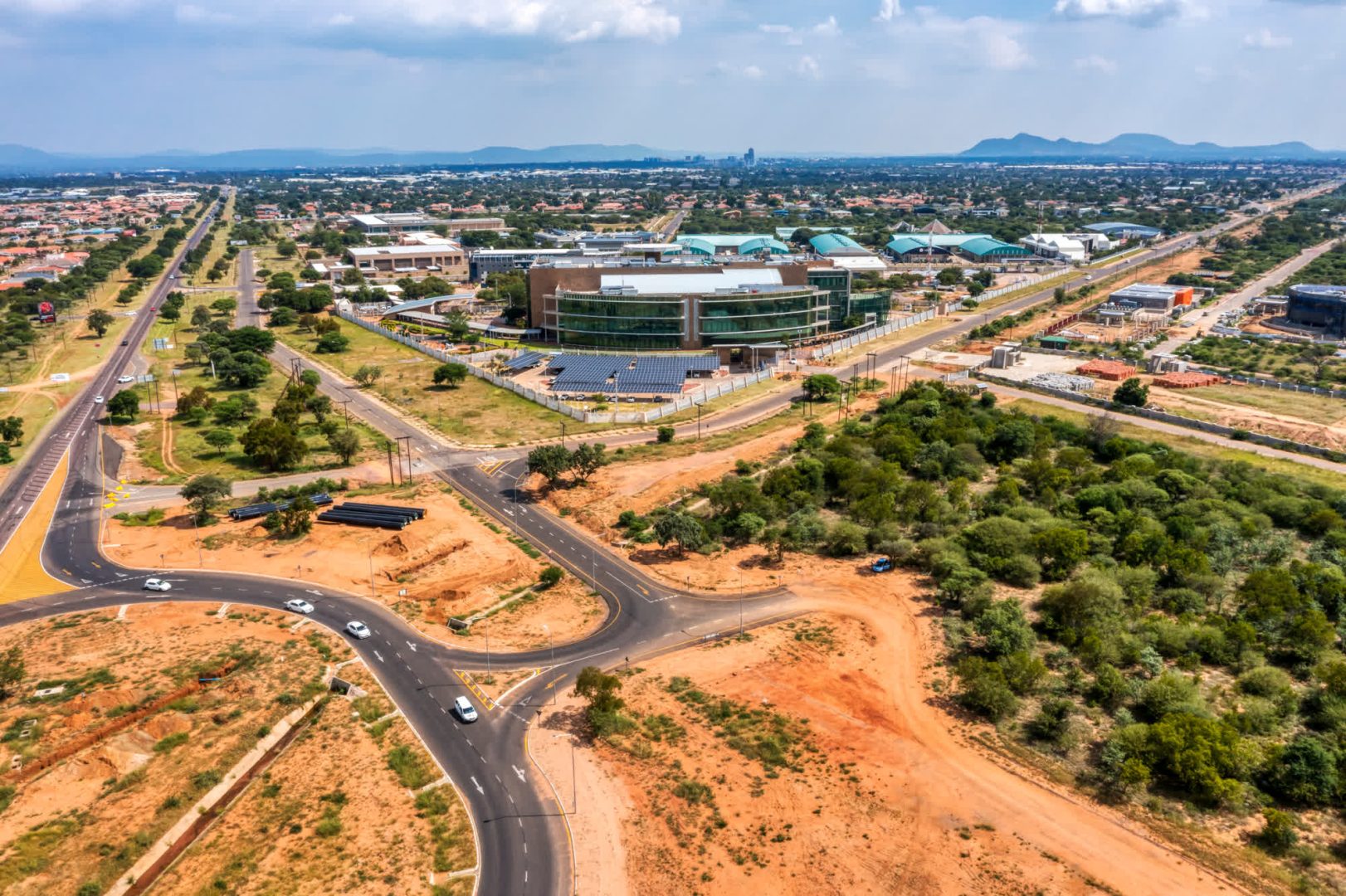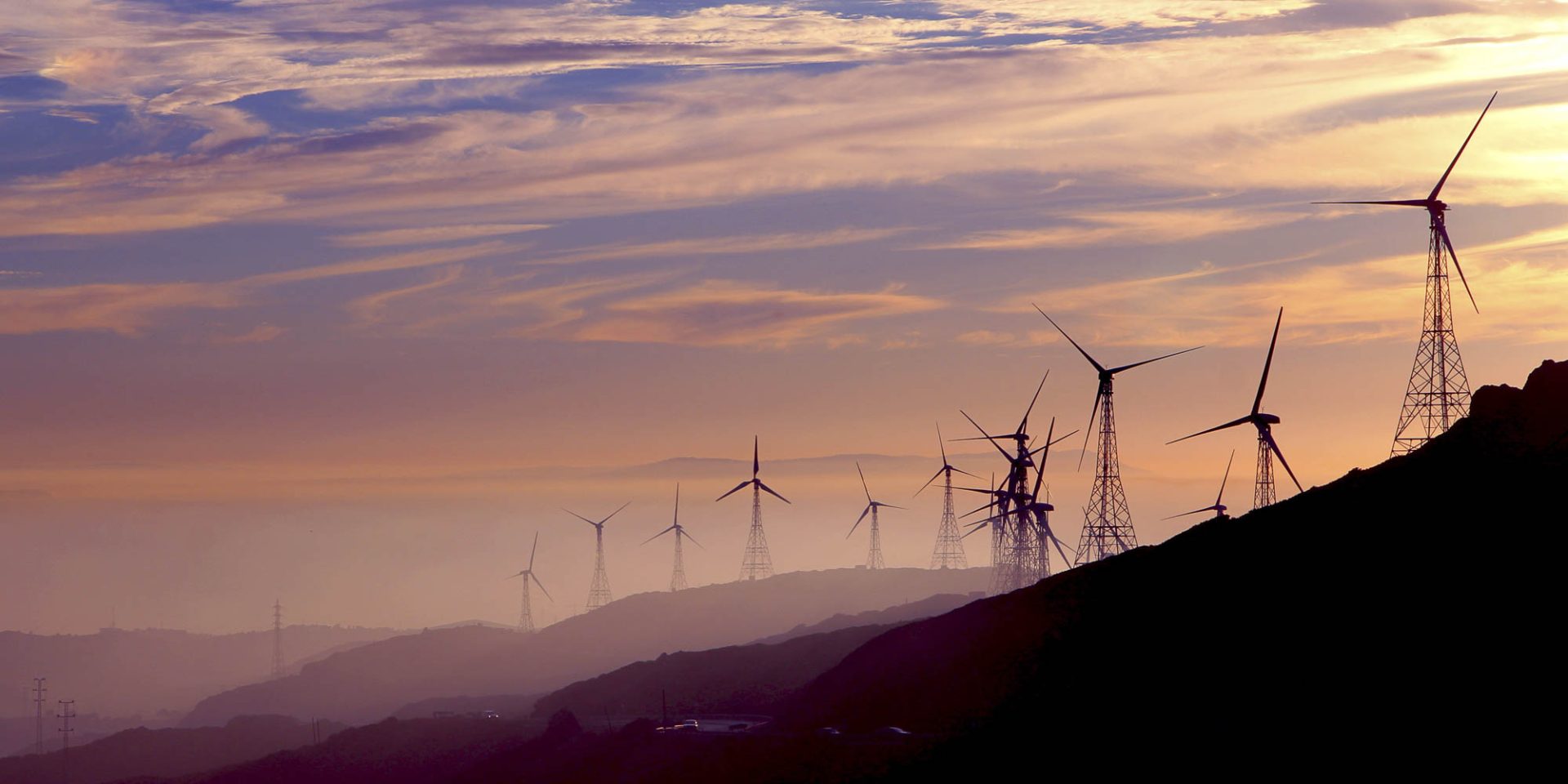Mmabatho Motsamai, the founder of The Afrolutionist, is a leading campaigner on the rights of climate refugees. In an email interview, she outlines the urgent need to bolster the rights of those who have been displaced by the climate emergency.
Are there groups that are particularly vulnerable as a result of climate-related migration? What can be done to protect them?
While everyone is impacted by climate migration stemming from an extreme weather event, various groups have varied needs that need to be catered for. In the recent instances of climate disasters in Southern Africa, such as Cyclone Idai, Cyclone Dineo and the flooding in Kwa-Zulu Natal province of South Africa, persons who have been marginalised by virtue of their social class, race, gender, sexual orientation, ability and other social factors are bound to face more complex vulnerabilities.
Responses in these areas may address temporary communal housing, food aid and health, but they also need to address the underlying infrastructural, social and economic factors that have placed persons in vulnerable situations to begin with.
Disaster responses should also include psychosocial relief, particularly disaster trauma therapy and more sophisticated regional response mechanisms that effectively categorise and address climate migration – particularly with regards to external displacement.
Climate refugees do not have the same legal protections as, for example, refugees fleeing human rights abuses. Why is that and should it change?
On the international scale, there are still conversations and discourse on whether climate migrants, especially people who have migrated beyond borders, should be regarded as refugees. These debates are largely between law makers and activists, with activists stressing the lived experiences, and policy makers looking at the long-standing institutional work on the recognition of political refugees. This however, has been in research, discussions and discourse stemming from the early 2000s. The first barrier would be that, typically, refugees need to prove their fear of prosecution of the area they’re coming from, as this is within the fundamental definition of a refugee, with accordance to the 1951 refugee protection protocol.
Additionally, the underlying issue is that climate-disasters, and climate change in itself is largely understood from a scientific perspective, without a deepened appreciation of its historic ties in extractivism and economic activities that span from colonial times. Additionally, climate change needs to be understood more deeply from a human rights lens, appreciating how economic related activities of non-renewable resources and the continuous increase in the use of fossil fuels affect people in economic and socio-political ways. More research and advocacy in this regard needs to be upheld by policy makers and within negotiation rooms to affirm the realities of climate migrants and to grant them recognition as climate refugees with their associated needs met.
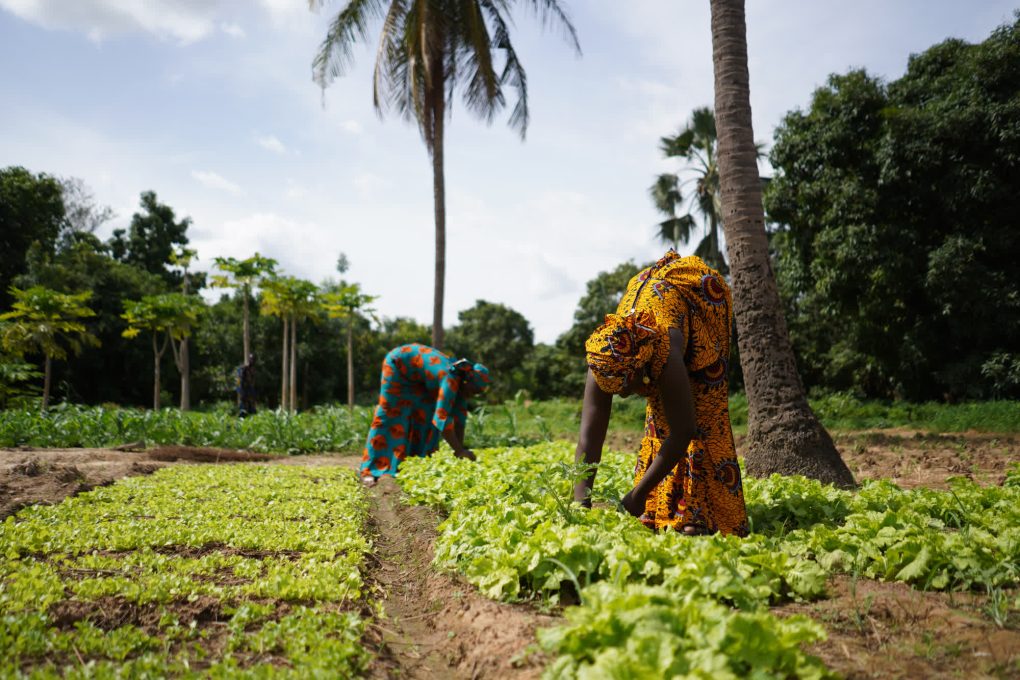
Is there sufficient consideration of the different types of climate-marginalised people? For example, women, or members of the LGBTQ+ community?
This largely depends on the region that has experienced a climate related disaster. Persons and peoples that are already facing discrimination on the basis of race, ability, sexual orientation, gender and so on, may face even more vulnerabilities in the wake of a climate disaster, and will require a different and specialised response. For example, different genders require different social health needs. Typically, disaster responses in relation to climate disasters are rooted in common factors – for example food aid, health and housing that are seen from a ‘general’ lens.
This does not include for example the different needs for persons living with various disabilities, or for persons whose human rights are already undermined, such as the LGBTQ+ population. There are many underlying social and economic markers that undermine their human rights. When this intersects with their environmental rights not being upheld, there needs to be extra consideration given to their needs.
How best can we affirm the human rights of climate refugees?
The first step would be their recognition: conducting more research on the linkage of climate disasters, environmental rights and human rights and expanding the definition of ‘refugee’.
In the interim, climate migrants will need more sophisticated response mechanisms that address their social, health, environmental and economic needs, while countries strengthen their disaster risk preparedness, responses and work towards building resilient infrastructure that can withstand possible disasters.
Countries that are responsible for the climate disaster impacting vulnerable countries – those that are largely in the Global North – bear a responsibility towards strengthening various mechanisms, as well as working towards realising all the protocols, signed agreements and demands of activists.

If climate refugees were given the same legal protections as people fleeing war or human rights abuses, how would that impact climate-related investment in countries that are seeing the greatest displacement of people?
It is important to note that the categorisation of climate migrants as climate refugees is not to grant them the same legal protections – as the background and experiences are different – but to appreciate specialised protections for climate migrants and persons displaced due to climate related disasters.
Climate related investments that follow ESG investment standards need to ensure that they aren’t investing in similar practices that underpin extractivism. For example, the investment of solar power leading to the extraction of bauxite that clears forests, undermines community needs and which lead to economic displacement. The core ask of various climate change activists is not just to reduce our carbon footprint, but to also shift the fundamental nature of economic and trade activities on the extraction of minerals, mostly found in the African continent and the use of extremely heinous practices in extractivism.
What are the impacts on the economies of those countries that are suffering from enforced climate migration?
There have been adverse effects from climate disasters in countries that bear climate migrants. Cyclone Idai for example, destroyed an estimated 700 000 hectares of crops, as well as costing the agricultural sector of Mozambique $141 million (2020).
Furthermore, over 144 000 people were displaced due to this cyclone in Malawi, Zimbabwe and Mozambique. As we may know, agriculture is one of the major economic activities in Africa, being the backbone of the formal and informal sector, and underpinning the continent’s food security.
When such fundamental economies are disrupted, relief mechanisms and rebuilding said economies take a great deal of time.
What do you want to see from COP27? What do you want delegates to do to alleviate the problems you have outlined?
The conversations of climate migration and displacement need to be amplified. Recent scientific analysis has shown, for example, the role of global warming in exacerbating the floods in Pakistan.
COP27 needs to be used to provide markers of notable progress made to fight the climate emergency, as well as to amplify the lip service of commitments.
The views expressed in this article are the contributor’s own and do not necessarily reflect BII’s investment policy or the policy of the UK government.



